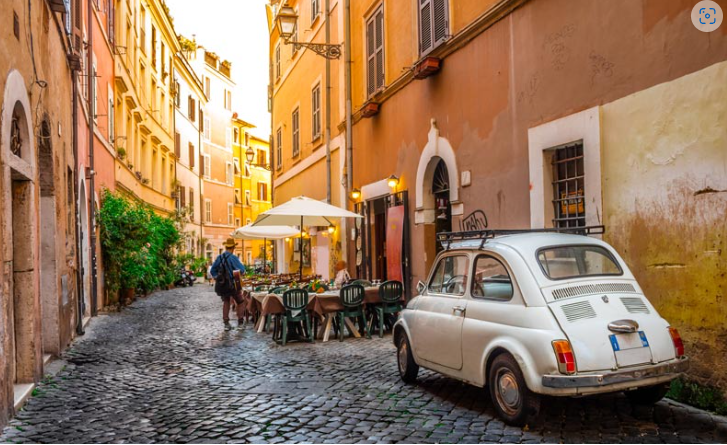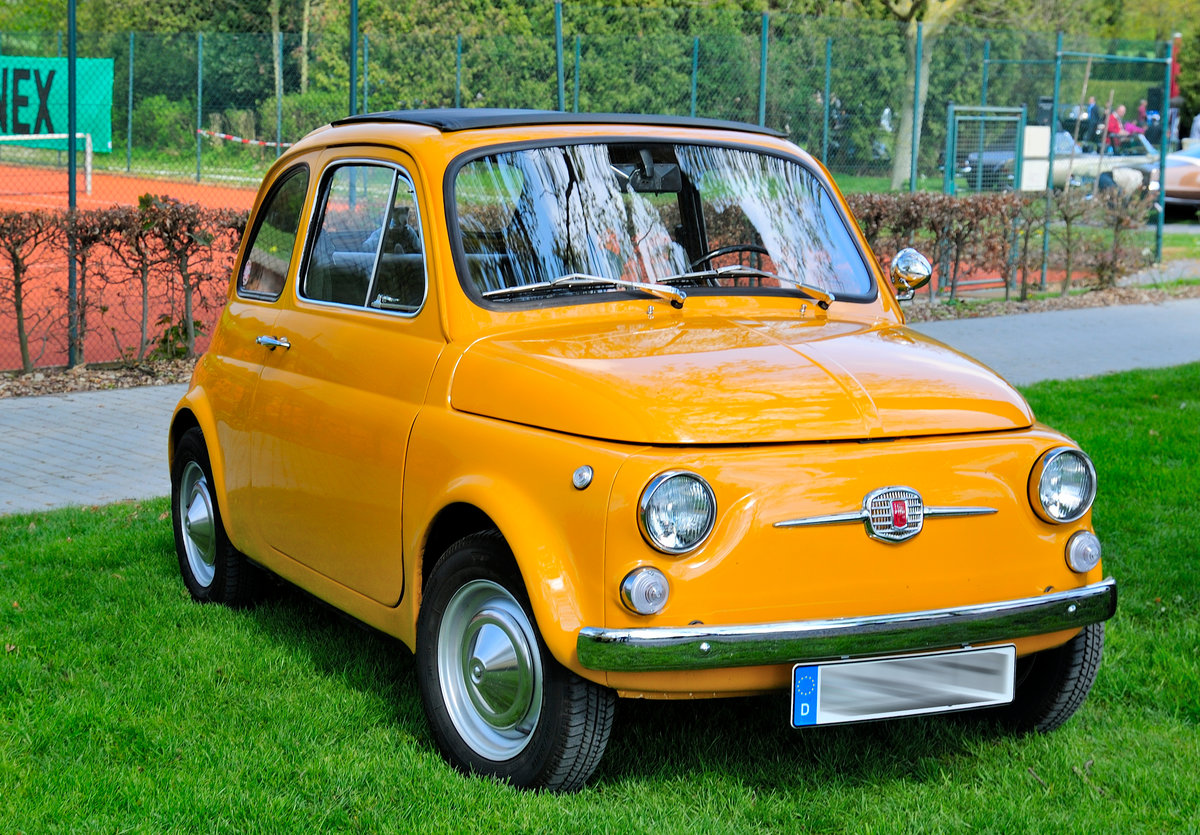In July 1957, Fiat, the leading company in the Italian automotive industry, decided to launch a new car specifically designed for the rising working class. And so, the Fiat 500 was born, better known as the “Cinquino”. These were the Italian years of economic miracle, those in which the country rose again after the hard period of war.
This small car has marked the lives of so many Italians.
From its origins in July 1957 to the last Cinquecento produced on August 1, 1975, it’s more than just a car, it’s a symbol: the most famous car of all time in Italy.
The Fiat 500 grew with Italy; telling the evolution of this car is like telling the story of the country, with its contradictions, its slowdowns, its accelerations, and its deviations.
At the time, everyone wanted a car; there was a need to meet the customers’ demands. Vittorio Valletta, CEO of Fiat, asked Dante Giacosa to design a utility vehicle suitable for everyone’s pockets. The first Fiat 500 was created with the precise aim of pleasing a good portion of the population.
The inspiration came from the design of the German Beetle. Turin engineers created a reliable low-cost engine, built with simple materials, easy to manage and replace.
On July 1st, 1957, the Fiat 500 was presented to the Prime Minister Adone Zoli, and the following day it paraded at the Sporting Club in Turin. Everyone was fascinated, and the Fiat 500 didn’t take long to win the hearts of buyers. The car cost about 490,000 lire, which was equivalent to a year’s salary for a worker.
And FIAT 500 became history: a symbol of renaissance, the postwar economic boom, and is today a legend.


4 replies on “How a car made history: Fiat 500”
This article recalled some lovely memories. I was a Nanny in 1976 and transported 3 kids around in the Fiat I was entrusted with by my boss. When I had to take the car into the Auto Shop for inspection, I met my future Italian husband. My life was blessed that day and ever since.
Cute! : )
That car was the car of my young days in the 80’s!
Loved it
I rather prefer No.